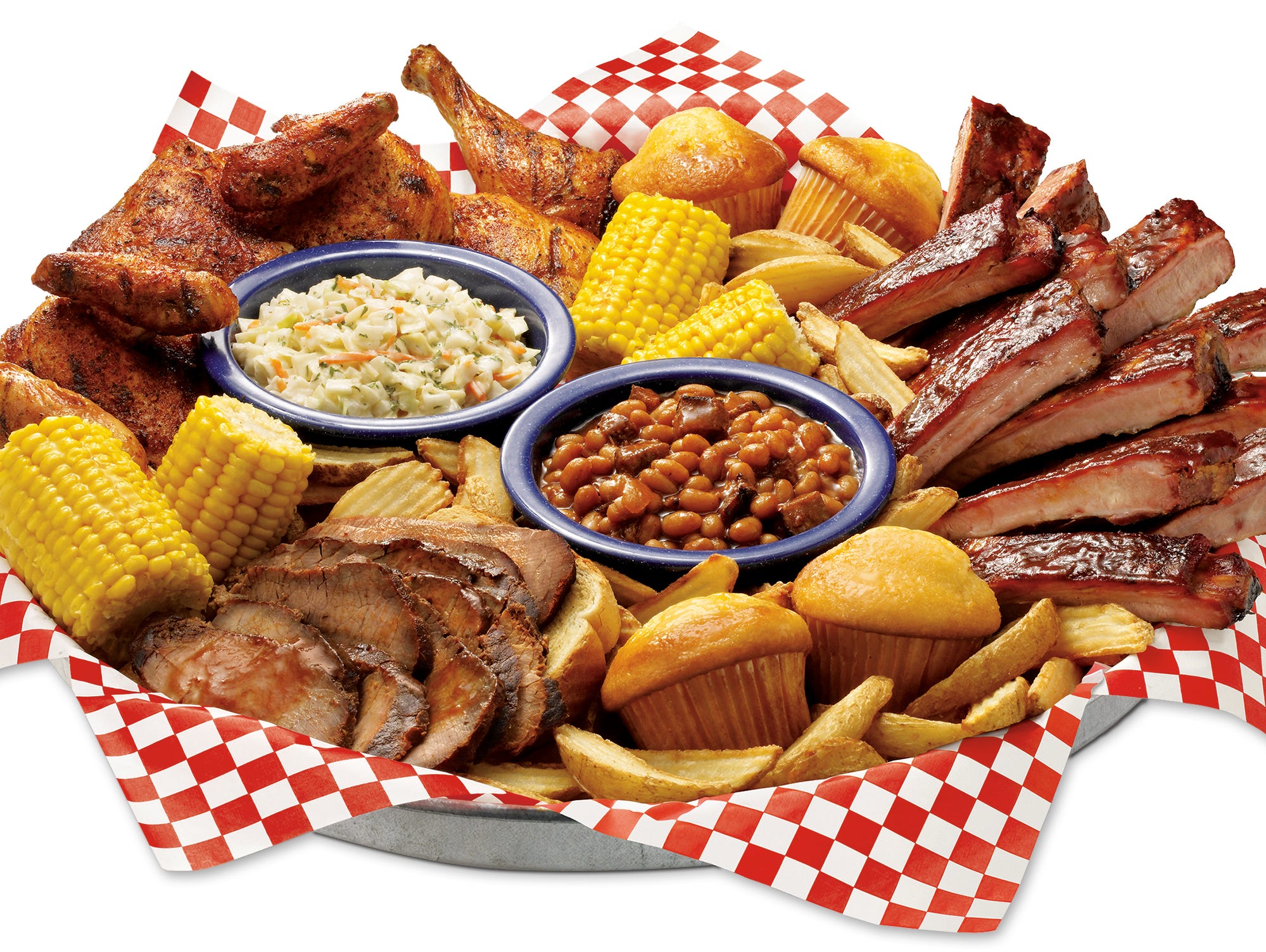

The nut is sometimes nearly sessile or other times on long peduncles. Q. alba but with some pubescence abaxially (as in The leaf blades are intermediate in nature, generally with an outline more similar to

Dry-mesic to mesic forests and woodlands, infrequently found in wet-mesic soils of seepage swamps and riparian forests.ĬT, MA, RI. VT generally absent in extreme northern New England. There are no stipules on the plant, or they fall off as the leaf expands The leaves are simple (i.e., lobed or unlobed but not separated into leaflets The leaf blade margin is undulate (wavy), but does not have teeth The petiole attaches at the basal margin of the leaf blade The midrib of the leaf blade lacks glands on the upper surface The lobes of the leaf blade are rounded or bluntly pointed The plant is broad-leaved (with broadly flattened leaf blades) The leaf blade has one main vein running from the base toward the tip The main veins of the leaf blade are pinnate (the secondary veins branch off at intervals from the main central vein) and non-arcuate (not arched towards the leaf tip) There are no translucent dots on the leaf blade The leaf blade is coriaceous (has a firm, leathery texture) the leaf blade is obovate (egg-shaped, but with the widest point above the middle of the leaf blade).the leaf blade is elliptic (widest near the middle and tapering at both ends).the hairs on the leaf blade are different from the choices given.at least some of the hairs on the leaf blade are reddish-brown, and they do not have glands.there is a noticeable powdery or waxy bloom on the underside of the leaf.the underside of the leaf has no noticeable bloom.The base of the leaf blade is cuneate (wedge-shaped, tapers to the base with relatively straight, converging edges), or narrow The upper side of the leaf is not hairy, or has very few hairs the underside of the leaf has hairs on it.the sepals are separate from one another.the sepals are fused to each other (not other flower parts), at least near their bases.

There are no glands at the tips of the sepal lobes The sepals resemble leaves in color and texture The flower includes only one cycle of petals or sepals The ovary is below the point of petal and/or sepal attachment the inflorescence is an ament (catkin slender, usually pendulous inflorescence with crowded unisexual flowers).the inflorescence has only one flower on it.There are two or more ways to evenly divide the flower (the flower is radially symmetrical) There are no enlarged sterile flowers on the plant The anthers show no hint of a pink, reddish or purplish tint There are three or more scales on the winter bud, and they overlap like shingles, with one edge covered and the other edge exposed The bark of an adult plant is ridged or plated The fruit is dry but does not split open when ripe The plant does not have spines, prickles, or thorns The leaves drop off in winter (or they wither but persist on the plant) The edge of the leaf blade has lobes, or it has both teeth and lobes There is one leaf per node along the stem The leaf blade is simple (i.e., lobed or unlobed but not separated into leaflets)


 0 kommentar(er)
0 kommentar(er)
